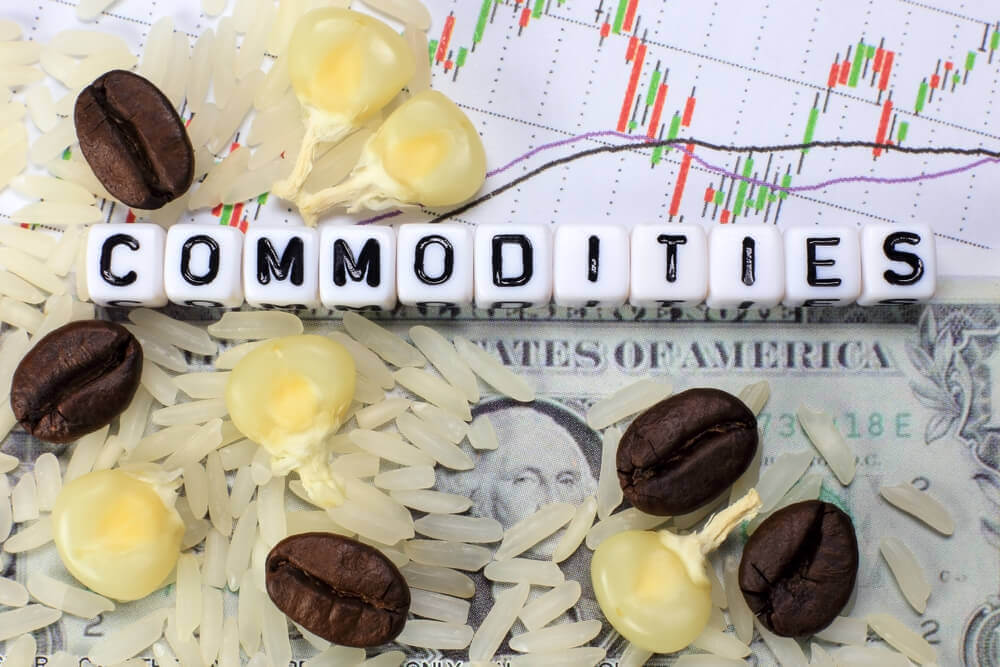
Cocoa Market Turmoil: A Whirlwind of Volatility
Quick Look:
- Cocoa prices dropped 9.3%, hitting a new low since mid-March.
- Market struggles with poor harvests and a significant liquidity crisis.
- Potential relief from recent price falls, with a hopeful outlook on upcoming crops.
In the world of commodities, few stories have been as tumultuous recently as that of cocoa. Prices have experienced a dramatic downturn, plunging 9.3% to reach a new low since mid-March in New York. This sharp decline has brought cocoa prices about a third lower than the record highs seen just two weeks prior. This extreme volatility is largely due to a liquidity crisis in the market, making it increasingly costly for traders to maintain their positions. As liquidity dries up, buyers are also holding back, further exacerbating the price fluctuations.
Factors Driving the Recent Cocoa Price Plunge
Several factors have contributed to the dramatic fluctuations in cocoa prices. Firstly, the cocoa market is currently grappling with poor harvests in West Africa, which have led to a third consecutive year of shortages. These shortages initially drove prices up rapidly, affecting everything from the cost of raw cocoa to consumer chocolate prices. Traders and chocolate companies have been in a scramble to secure cocoa beans, wary of the volatile swings in price.
Compounded by these supply issues, a significant cash crunch is impacting traders’ ability to operate normally. According to Bloomberg, the liquidity shortage has forced traders to postpone purchases from top producers. This cautious approach stems from the need to hedge purchases in the futures market at a time when increased volatility requires higher margins to cover potential losses. This cycle of delayed buying and increased financial caution has put additional downward pressure on prices, as noted in a recent report by the Hightower Report.
Impact on the Industry and Potential Relief Ahead
The sharp decline in cocoa prices, while detrimental in some aspects, may provide some relief for buyers and the broader chocolate industry. After peaking near $12,000 a ton last month, prices have retreated to around $7,500. This pullback could make cocoa more affordable in the short term, easing some of the cost pressures faced by chocolate manufacturers and possibly benefiting consumers with lower chocolate prices.
However, the market remains in a delicate state. Trading volumes have dwindled, with aggregate open interest in New York cocoa contracts falling to the lowest levels since 2011. Steve Wateridge, head of research at Tropical Research Services, highlights the fragility of the market: “There is no liquidity in the market and trading few lots can move the market one way or another.”
Despite the current challenges, there are signs that the supply situation may improve. Recent rainfall in West Africa could boost the upcoming mid-crop harvest, potentially stabilizing prices somewhat. Additionally, Ivory Coast and Ghana, two of the largest cocoa-producing countries, have increased the prices paid to farmers. This strategy is aimed at encouraging more robust production levels, which could help bring more stability to the market.
While the cocoa market is currently facing a period of significant challenge and volatility, there are hopeful signs on the horizon. The potential for improved weather conditions and strategic adjustments in producer pricing could help to mitigate some of the extreme fluctuations seen recently. As the market continues to adjust, stakeholders across the cocoa and chocolate industries will be watching closely, hoping for a return to more stable conditions.


